November 2023: Updated Course Listing
Just got a gun…or thinking about getting one soon?
And now you’re scouring the internet to find out the best way to learn?
I’ve got you covered…especially since I was in your exact shoes a few years ago.
I’ll cover the current options and break them down into two groups — online and in-person. I’ll break down the pros/cons for each, plus give you a couple of suggestions I’ve personally used.
By the end…you’ll have a great grasp of what to do next in your gun journey!
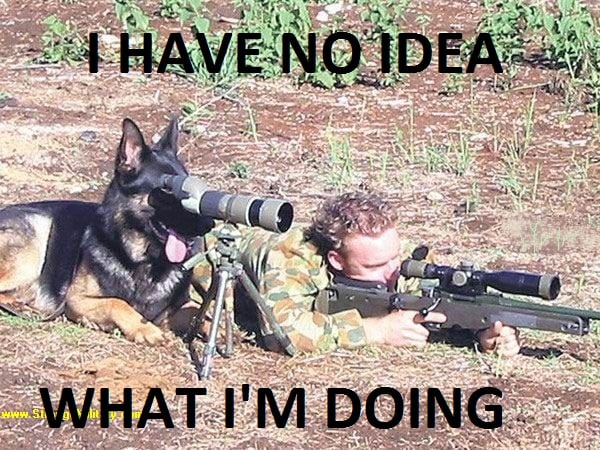
Table of Contents
Loading…
Why Take Gun Training Courses?
There are many reasons…but here are the three biggest ones that stand out to me:
1. Safety
If there’s no one watching over you in the beginning…chances are you’ll start forming some bad habits.
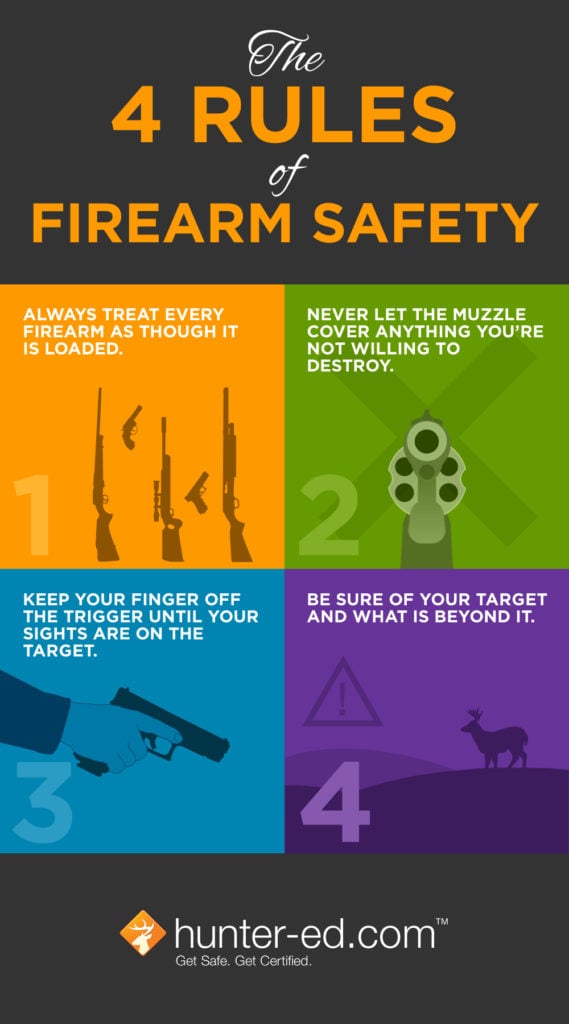
At the onset, these might not immediately hurt you but could become bad news when you instinctively do it at the range with a loaded firearm.
Case in point…not putting your finger on the trigger until you’re ready to shoot.
2. Looking Like a Fool
I don’t know about you…but I hate it when I get called out for doing something wrong.
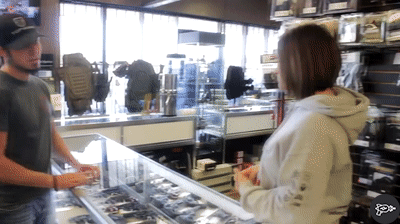
I’d much rather spend some time beforehand getting to know guns and gun handling, so I have some resemblance of knowing what I’m doing.
3. Saving Time
All the info you’ll find in a beginner course is already free and readily available online.
But you’re probably going to spend a LOT of time combing through that info to figure out what’s correct and what’s not.
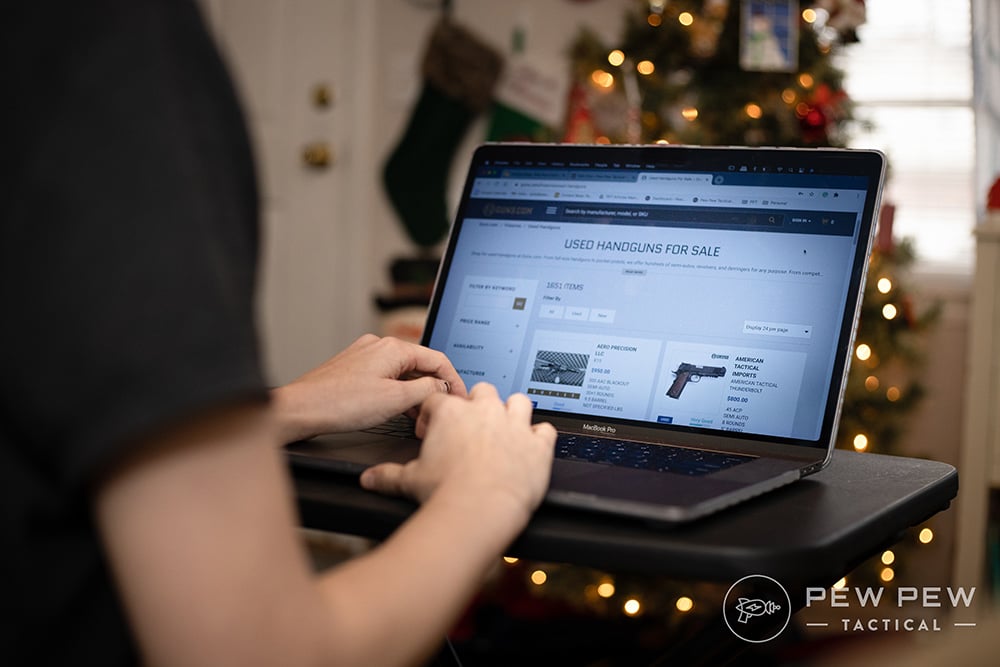
Plus, internet gun forums aren’t the most friendly for complete newbies.
So really…it’s a matter of how much your time is worth to you.
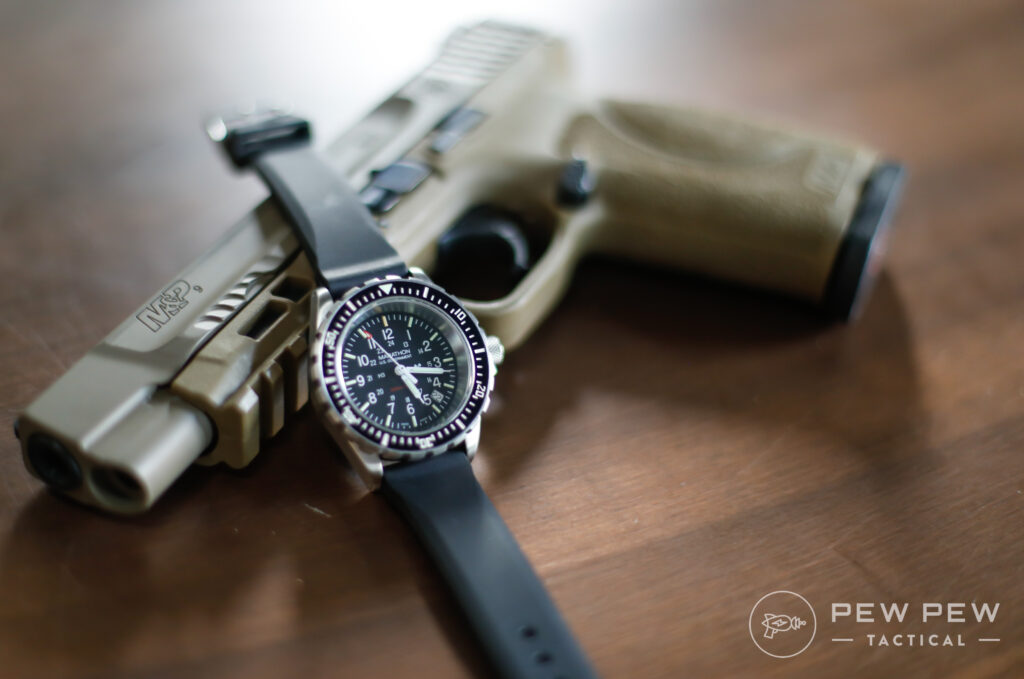
Online Gun Training Options
Not ready to go onsite for a live shooting course yet? Online is where I started, too.
1. YouTube
There’s a LOT of stuff on YouTube. Most of it is people reviewing guns & gear or having a lot of fun with rare and full-auto guns.
But here are a couple of my recommendations for beginners.
First up, safety rules and basic etiquette.
What about how to even use a handgun? This is one of the most complete although kind of boring — videos.
And this was really great for becoming a BETTER handgun shooter. — from the guy who has won more pistol competitions than anyone can count.
If you know of any full lessons that cover everything a beginner needs to know — and isn’t a snooze fest — let me know in the comments!
2. NRA Basic Pistol Course
I didn’t even know the NRA Basic Pistol Course existed until I decided to get certified as an NRA instructor and passing it was one of the prerequisites.
It has a lot of good information…maybe TOO much information for a beginner. I believe the course totals about 7-8 hours.
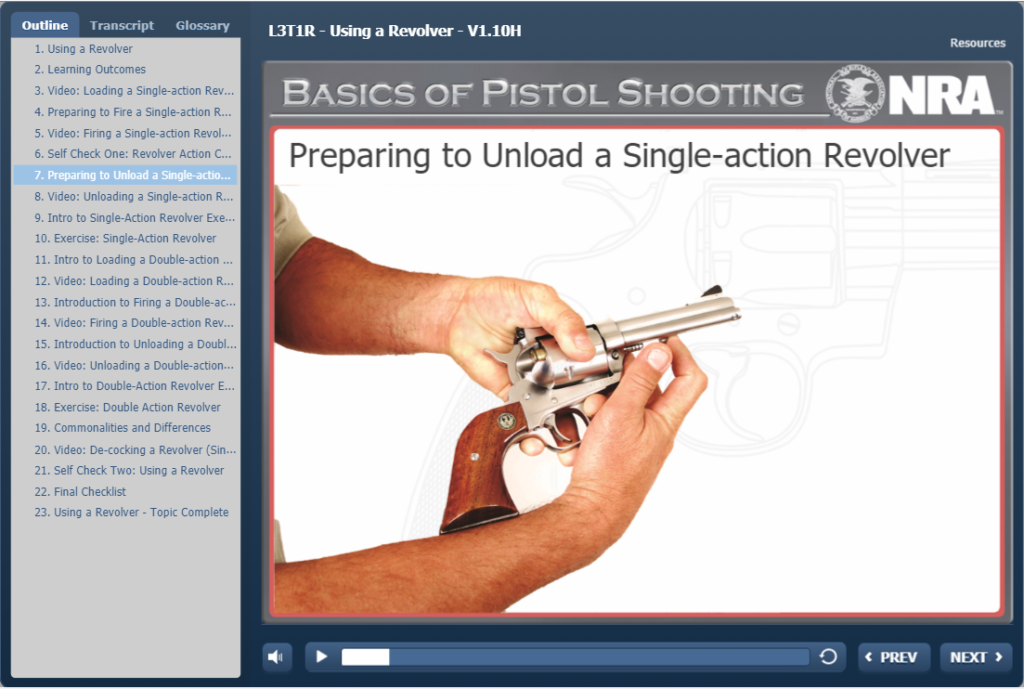
And it’s built on a super old learning management system that’s not mobile-friendly, kind of buggy on my laptop, no skipping allowed, and an annoying quiz system (don’t get me started).
Check out my full review of Basic Pistol here.
3. Pantaeo Productions
I forget where I first heard of Pantaeo, but it was for its more advanced courses…along the lines of handgun drills and tactical weapons.
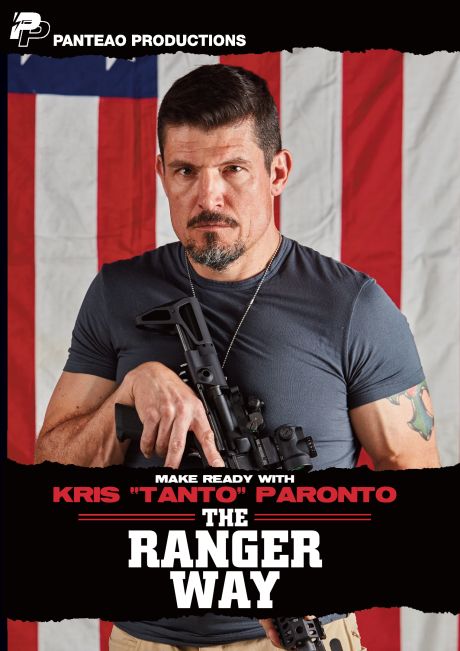
So I signed up (monthly subscription with access to everything) to see how their courses were for true beginners…starting with their Handgun 101, Part 1.
For the most part, it was pretty good.
But it did have some presupposed knowledge of terms and mechanics. I got the feeling that beginners might need to watch the intro videos two or three times.
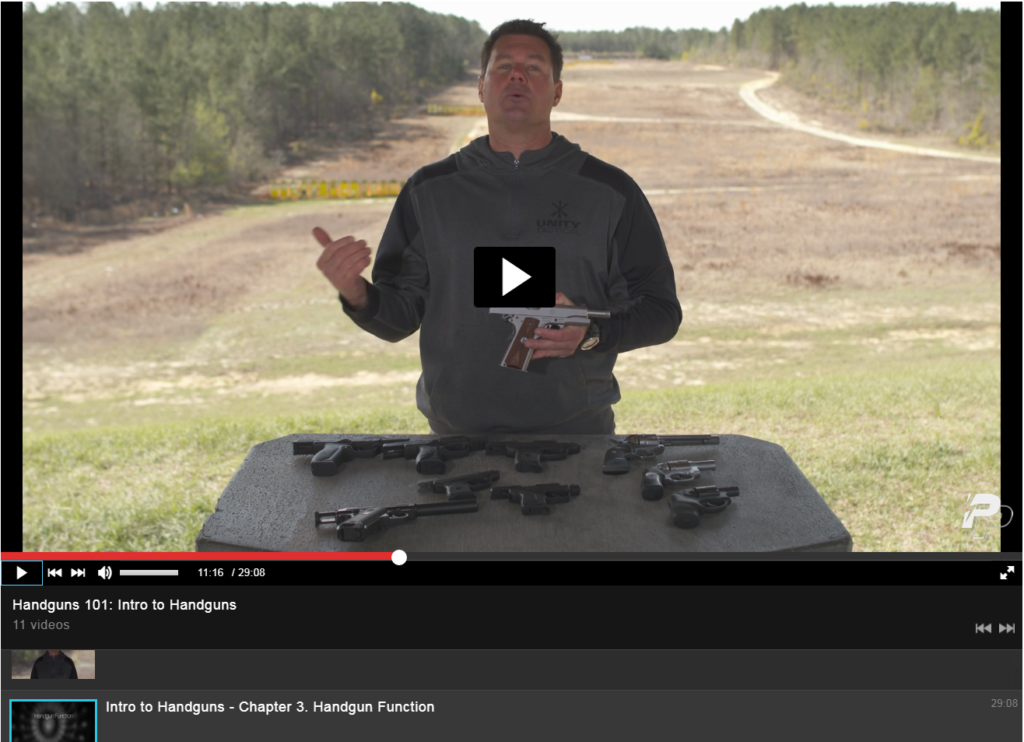
Production was pretty good but I would have liked a better way to see the chapters of the course. You’ll see they are stuck at the bottom with a very small scroll screen.
4. Chris Sajnog
Want to learn from the very best?
Chris Sajnog (pronounced sigh-nog) is probably your guy. He’s a retired Navy SEAL instructor who literally “wrote the book” for the SEAL’s Sniper training program? He now charges $10,500 for one day of private training.
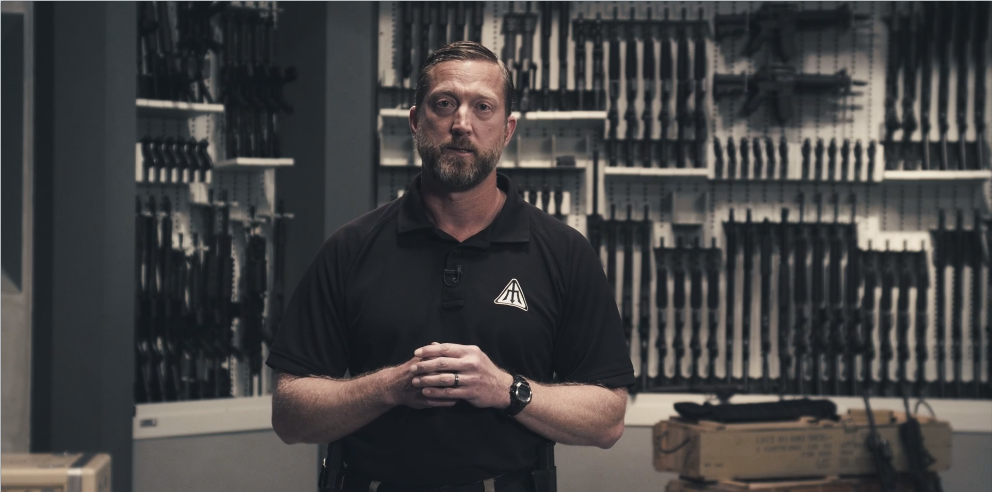
Well, thanks to technology, Sajnog has created the closest thing to learning how to shoot like a SEAL…without enlisting or spending an arm and a leg.
But, it’s not exactly geared towards the true beginner. Once you’re ready to really get accurate, though, Sajnog has you covered.
New Rules of Marksmanship is a course with 52 videos.
I’ve worked my way through, and it’s great how he emphasizes things you tend to forget…like focusing on the front sight. He also talks about mind/body mechanics that top athletes (and elite units) use to perform at their best. Not to mention, there’s super high production value and awesome downloadables.
Currently $497, but use code PEWPEW to drop $300 and make it $197.
He also has monthly memberships where you get the course, help from trainers, and lots more.
5. ConcealedCarry.com Courses
ConcealedCarry.com has lots of courses from concealed carry (duh) to vehicle firearm tactics, handgun grip, and more.
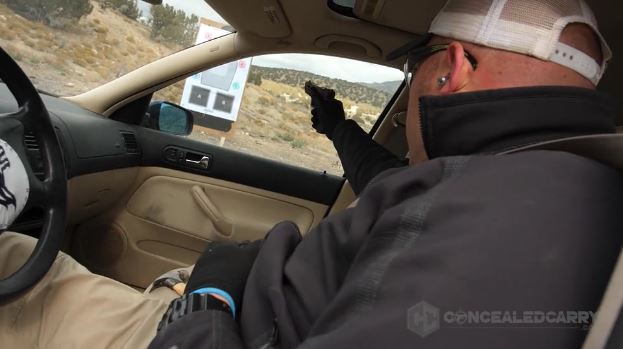
Prices vary from free to $65 for their law course.
6. USCCA
Another option is to get a membership with the United States Concealed Carry Association.
USCCA membership comes with a few perks, but one of the coolest is access to free online training.
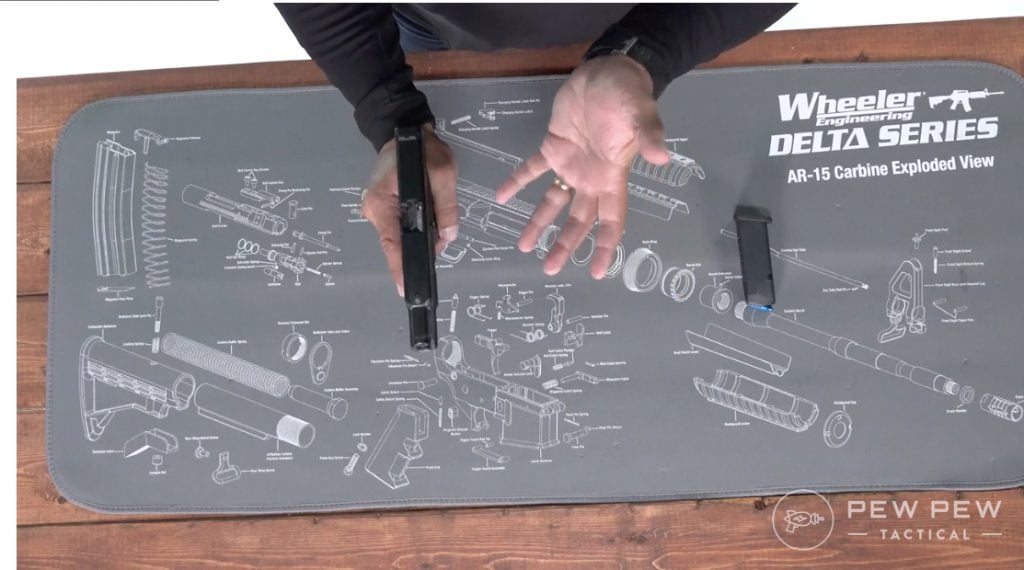
From basic marksmanship videos to home defense style instruction, there’s plenty to watch.
Want to learn more about USCCA? Check out my USCCA review here!
7. Beginner’s Guide to Guns from Pew Pew Tactical
I’ve also written an entire series of blogs catered specifically to beginners! Check out our entire curriculum in the Beginner’s Guide to Guns.
8. Gun Noob to Gun Slinger
And our newest resource…Gun Noob to Gun Slinger. This video course is geared towards pistol/revolver beginners and only covers the most important stuff…without the attitude.
In-Person Gun Training
If you’ve got the mentality to really learn and can spare the extra expense, I totally recommend taking an in-person gun course.
It might feel a little intimidating, but if you choose a great instructor who knows how to work with beginners, it shouldn’t be TOO intimidating.
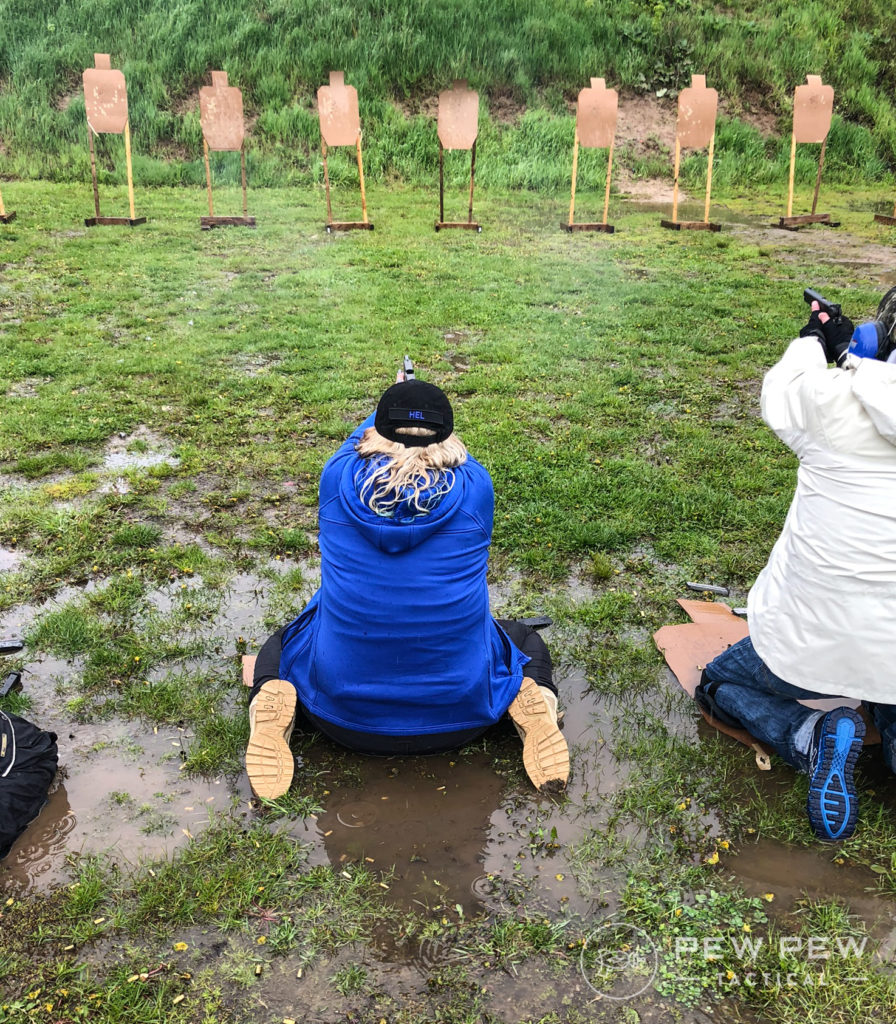
So, what’s the best way to find the best gun training in your area? Ask around!
I would suggest asking your gun buddies, local gun store, Googling “gun training (your city)” and also verifying everything on Yelp.
Be aware of lots of 5-star reviews with people that have 5 or fewer reviews. That always raises shill alarms.
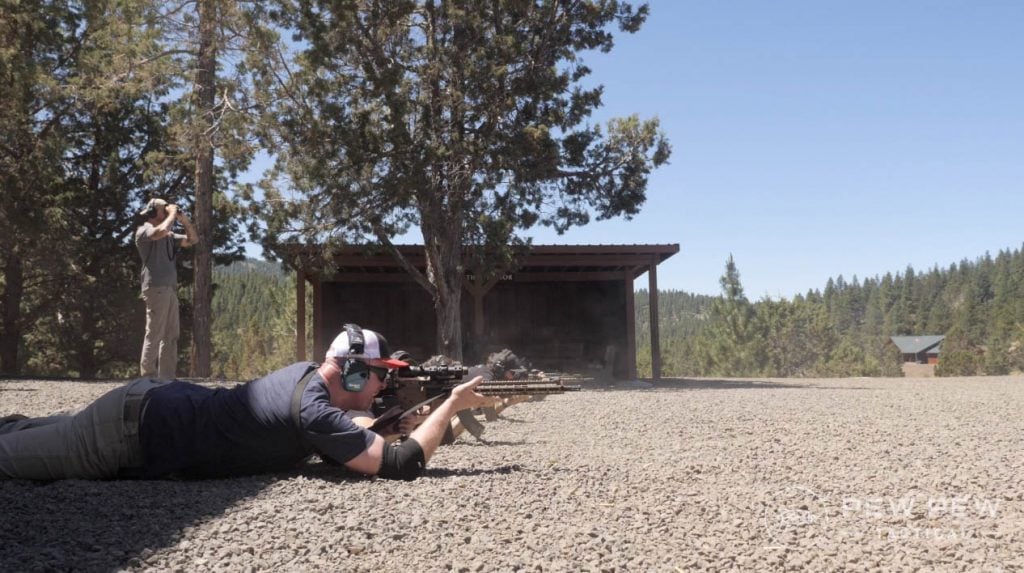
Now, how about recommended courses?
Note: this list is not all-inclusive. There are a ton of excellent instructors and courses. So, if we missed your favorite, drop us a comment.
NRA Certified Instructors
Find a local one at NRA Instructors and look up their reviews.
Now let’s move on to the ones I personally recommend.
1. International Tactical Training Seminars (ITTS), Los Angeles
I’ve taken…about seven ITTS courses from them over the years (All Handgun, Sniper 1, Shotgun 1, Concealed Carry). They are who I fully recommend to anyone in the Southern California region.
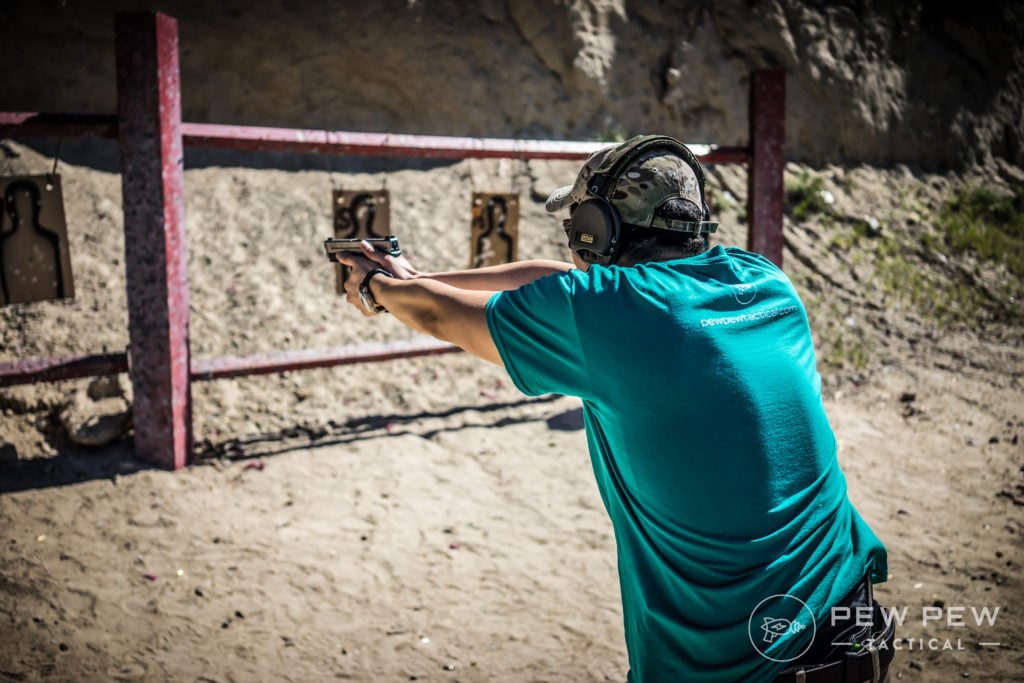
Their Handgun 1 course taught me all the fundamentals…and, most importantly…permanently drilled in the 4 Rules of Firearm Safety. If only for that, it was all worth it.
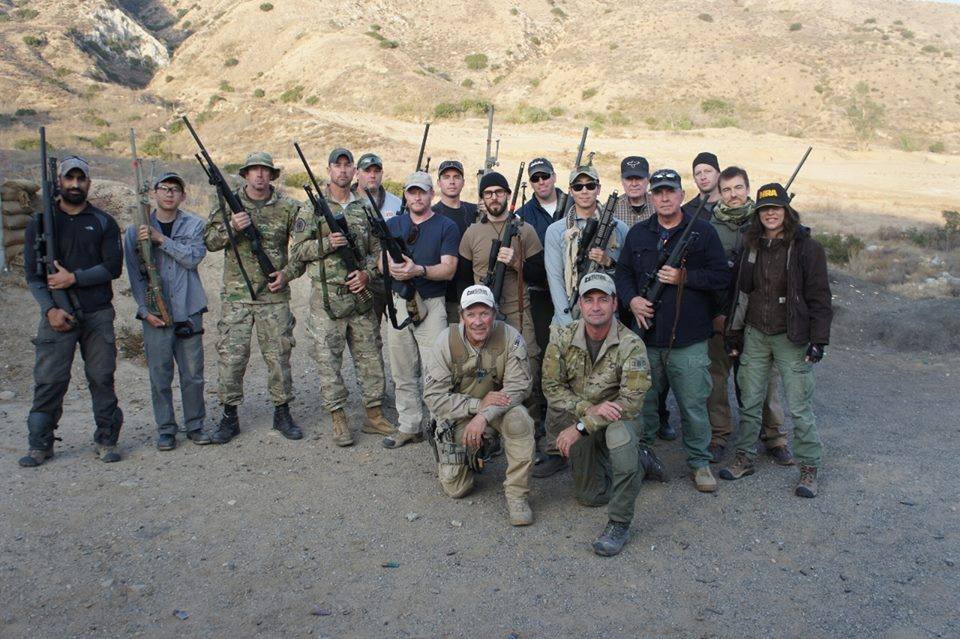
Plus, their head instructor, Uncle Scotty is a super cool dude who has taught some of the most badass units in the world. And he’s in touch with his gaming side…
Check out more videos of their (actual) courses on YouTube.
2. All Safe Defense Systems, Orange County
I took All Safe’s NRA Instructor Certification course. TJ, the instructor, came highly recommended by my buddy and was confirmed through Yelp beforehand.

And how was it?
It was much more INTENSE than I thought it would have been.
If you’re not comfortable speaking in front of crowds…it’s going to suck. But keep in mind this was for the Instructor course…so if you can’t talk in front of people…you might not be a great future instructor.
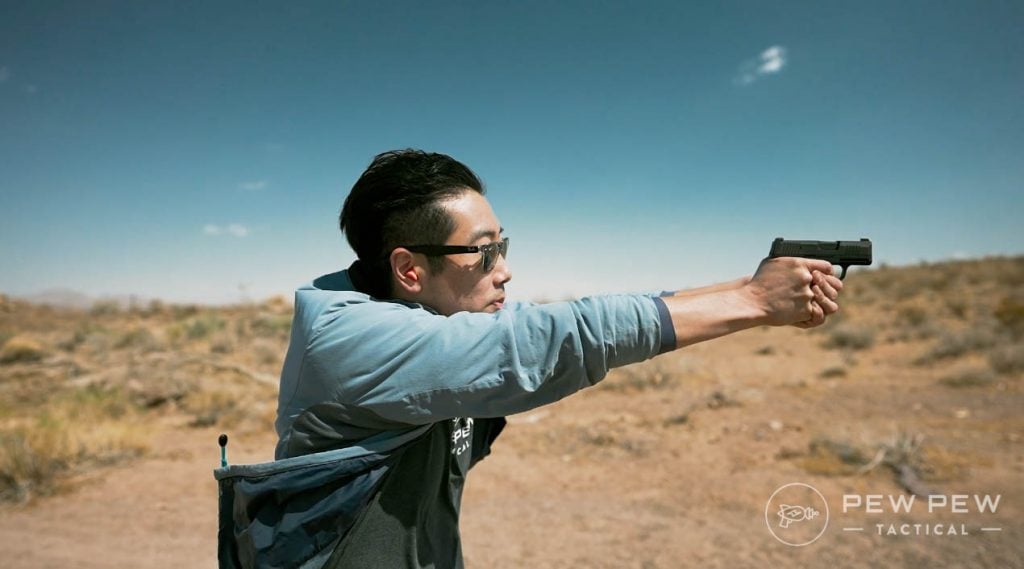
TJ kept it upbeat even with slides and going through the NRA handbook. He was a master at getting us to the answer ourselves simply by asking questions.
Plus the “final” was teaching complete newbies how to shoot…and our score was determined by 10 of their shots on target. Talk about pressure.
If teaching future instructors was any indication…I have no problem recommending his other courses to total beginners (and future instructors). Price is fair at $120 for the beginner course.
3. Gunsite
PPT contributor Sean Curis is a big fan of Gunsite and has been a couple of times to the famed site.
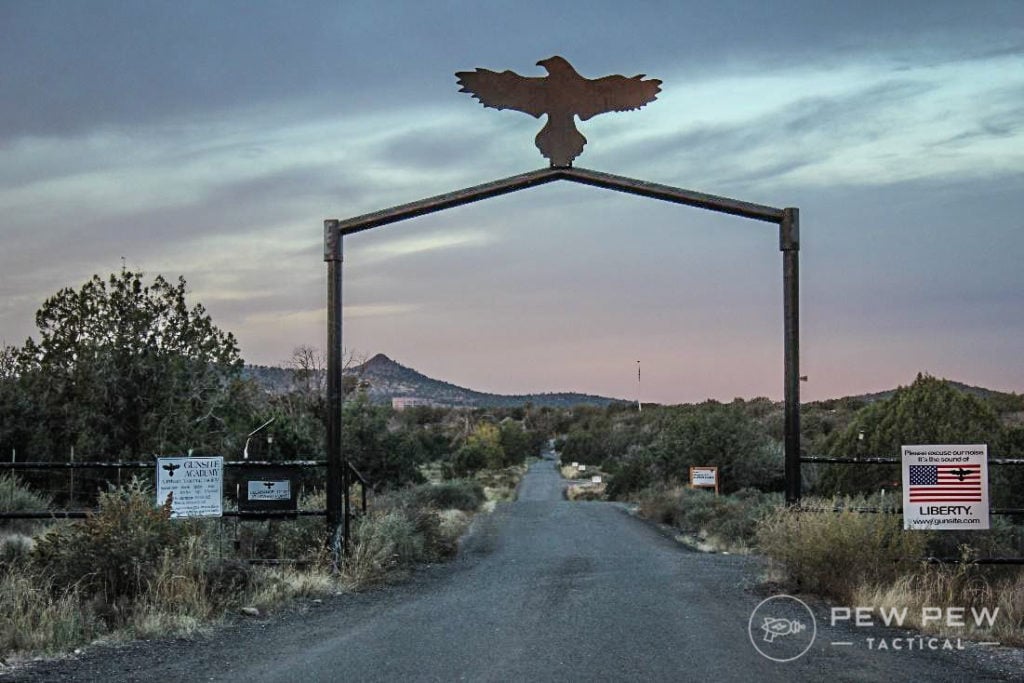
The people at Gunsite are total pros and must undergo a strict screening process to teach. So, you know you’re getting your money’s worth.
Founded by Lt. Col. Jeff Cooper, ya’ know the guy who modernized gun tactics, the instruction is what you’d expect from a top-tier facility.
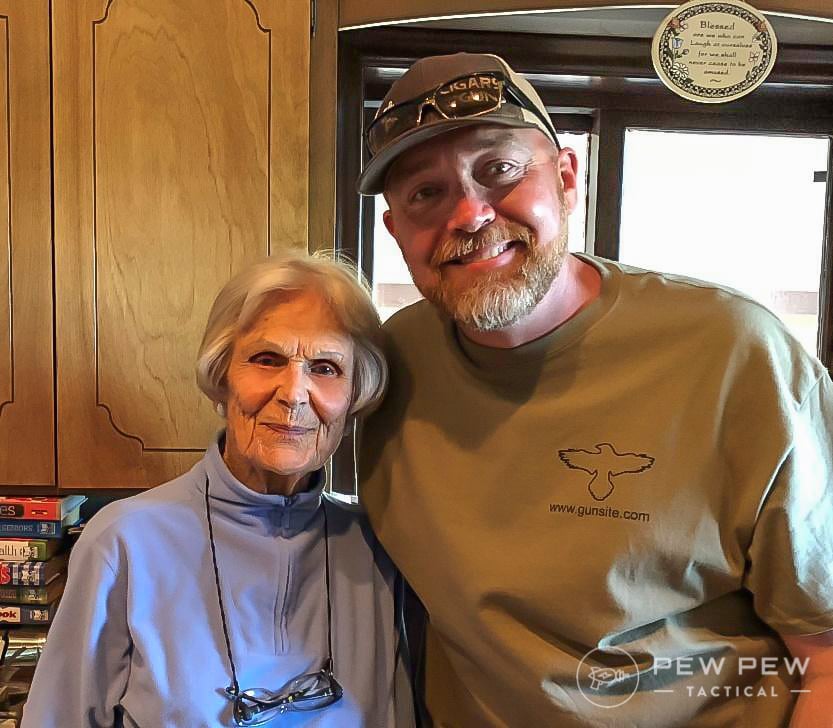
If you’re willing to travel to Arizona, you can’t pass up on Gunsite.
You can read all about Sean’s experience at Gunsite here!
4. Thunder Ranch
PPT contributor Johnny B has taken a few courses from Clint and Heidi Smith at Thunder Ranch, with nothing but good things to say about the folks at Thunder Ranch.
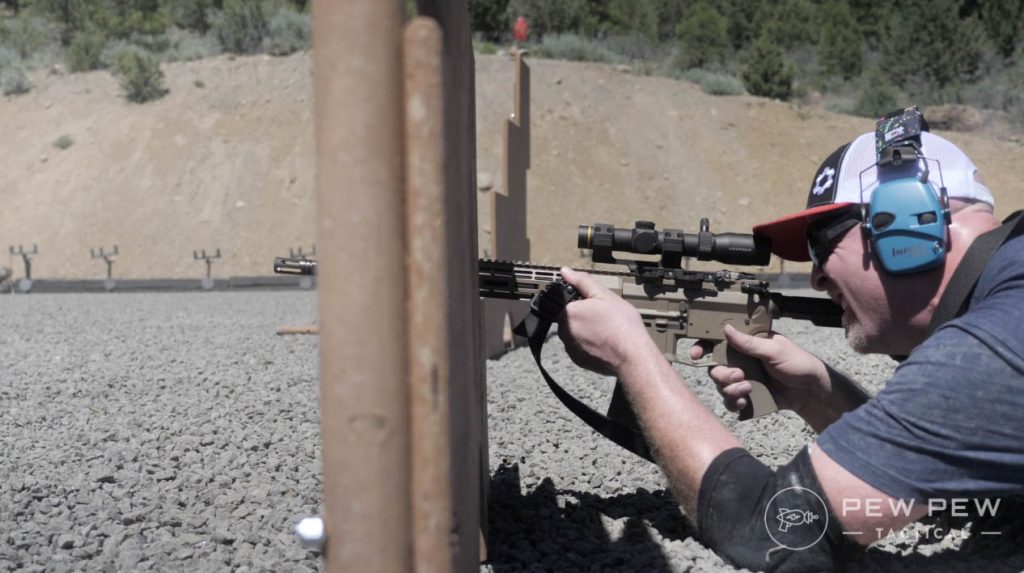
Johnny assured me that Thunder Ranch knows its stuff and is a great resource for those who want to learn.
Not to mention, Clint is practically a celebrity for his unique perspective and teaching style.
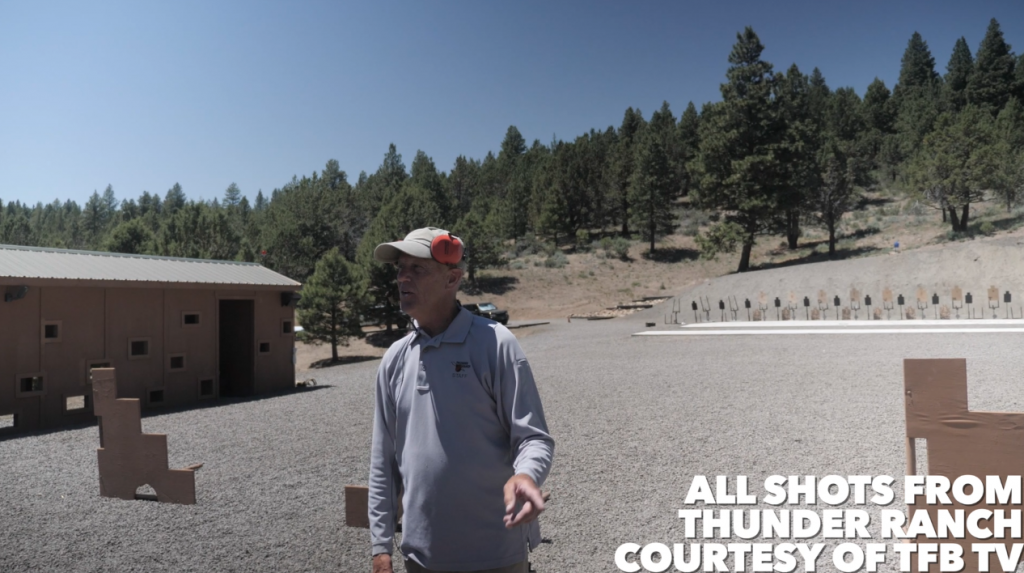
5. Other Courses on Our Wishlist
These are the ones with stellar reputations and where I want to eventually attend.
- Rifles Only: Where I want to one day train for precision rifles.
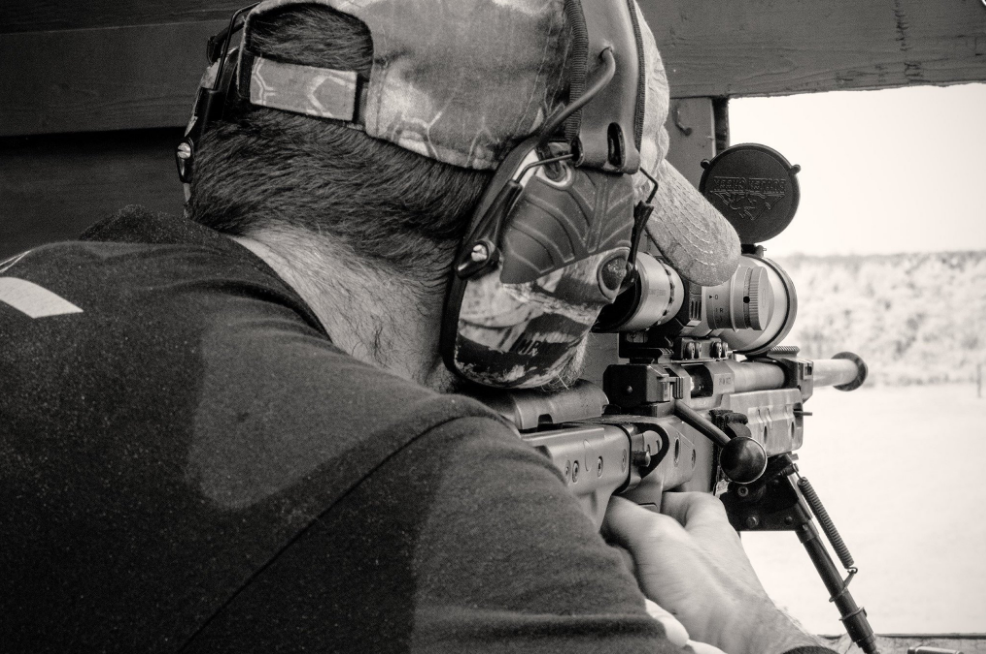
- Sig Sauer Academy: Yes, that Sig Sauer. The renowned gun maker runs a training site in New Hampshire with a ton of rad courses to choose from.
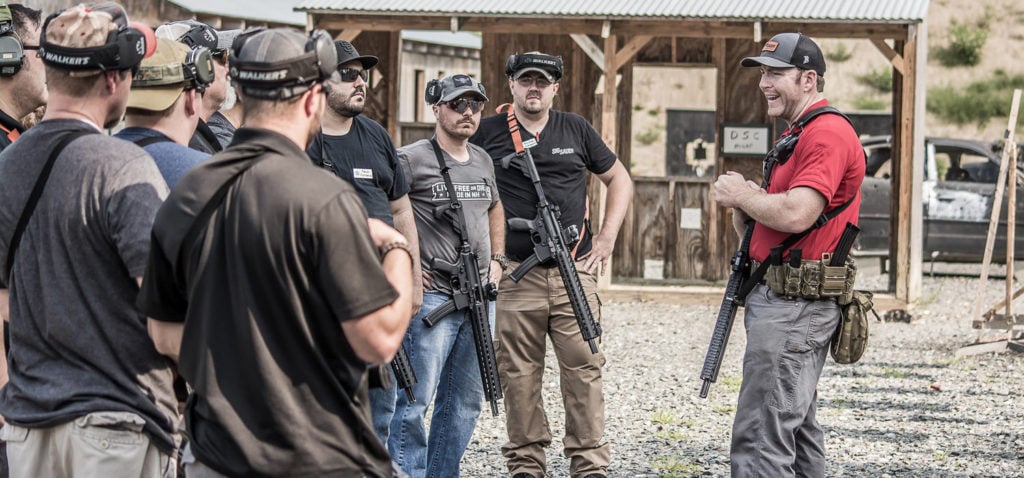
Massad Ayoob Group: You want to know how to fight through a self-defense scenario and learn about the legalities of it all too…you want a Massad Ayoob course.
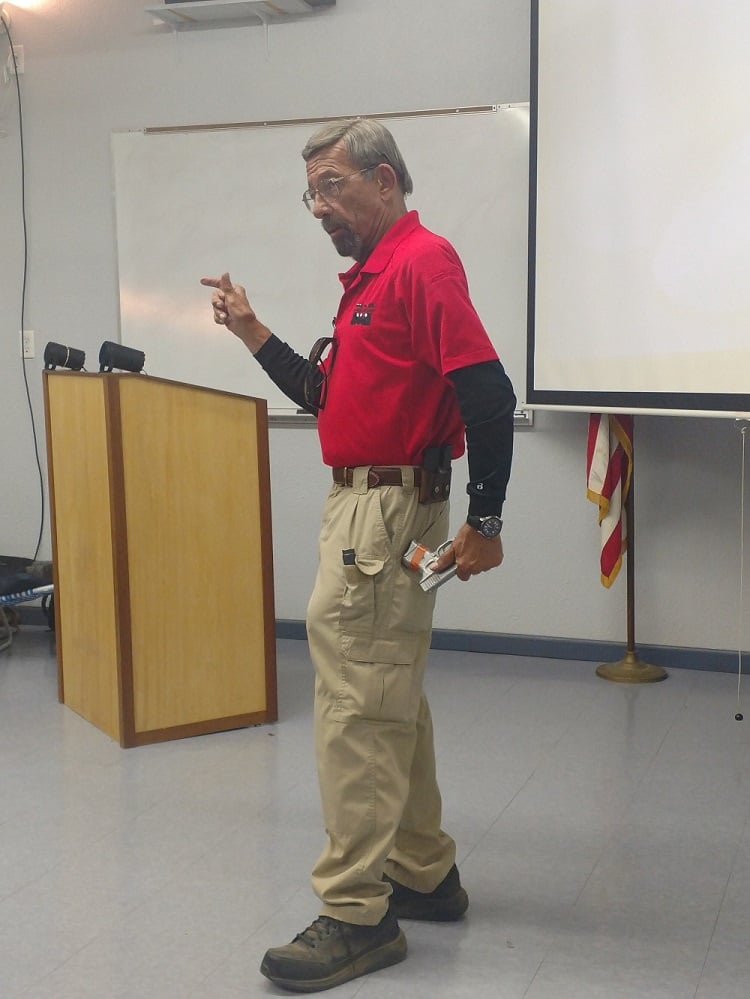
Civilian Defense Research: If you want a truly unique class set that deep dives into a whole lot of data AND teaches you how to defend your kids as well as yourself…sign up for a Civilian Defense Research course.
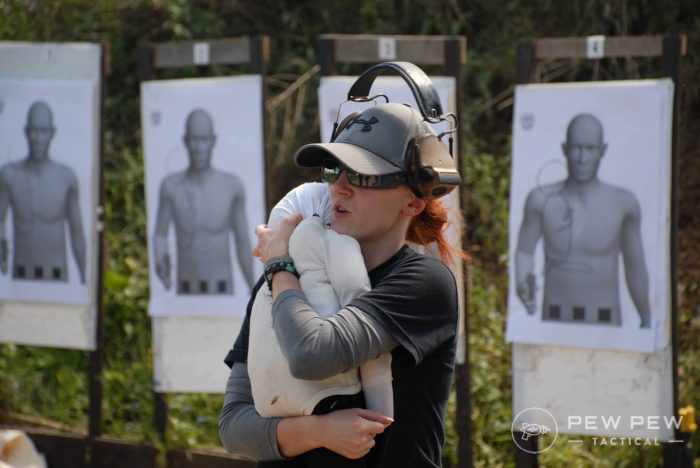
Private Instruction vs. Group Classes
It’s worth discussing the pros/cons of taking a group class versus booking a one-on-one with a shooting instructor.
So, let’s get into it.
Group Classes
The main advantage of jumping into group classes is that they tend to be more affordable.
The cost of the supplies, range, etc., is spread across multiple people meaning instructors can offer a course at a more reasonable price.

Not to mention, if you want to bring a buddy or two, then a group class is the perfect facilitator for that.
That said, the downside to group classes is you have to share your instructor with a few more people, so you won’t get as much individualized attention.
Private Classes
What’s the advantage of a private class? One-on-one attention.
You get the instructor to yourself for an allotted amount of time, which means you get their undivided attention.
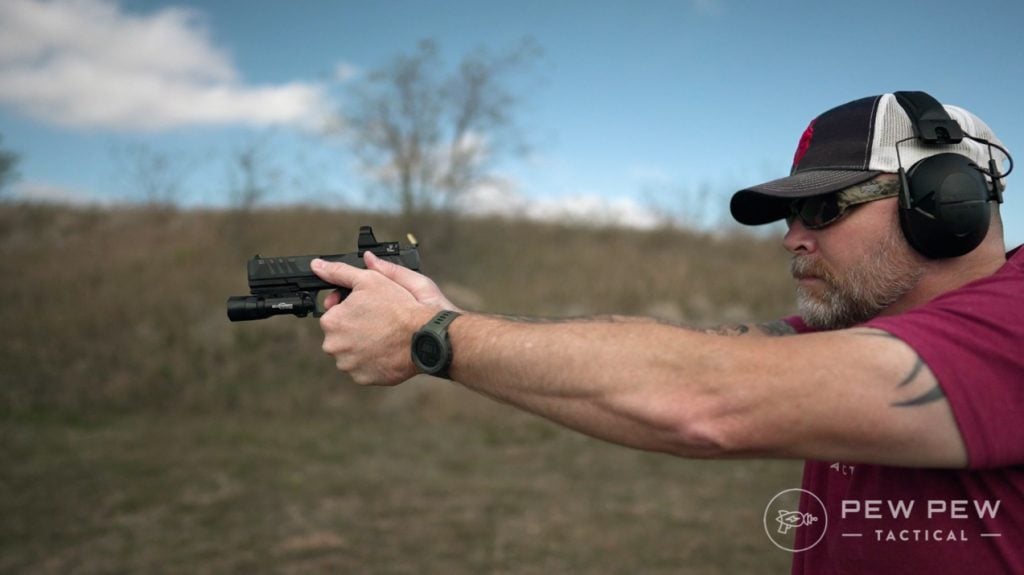
If you’re a new shooter, private instruction can be helpful because you have the instructor’s attention without all the commotion of other students. That means you can work at your own pace and comfort.
What about if you’re an old pro? Well, we always have areas we can work on, and a private lesson can help you out there. If you’ve struggled with something in particular – maybe it’s your trigger press or draw out of a holster – the instructor can help focus and get you where you need to be.
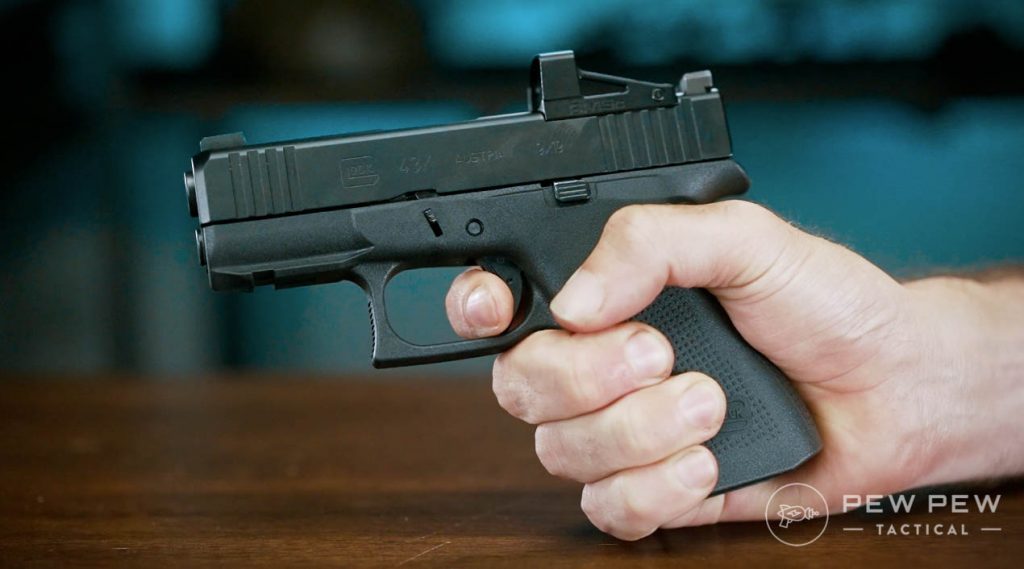
Alternatively, if you are a bit of an introvert and the idea of a class full of people watching you shoot makes you nervous, then a private class ensures you can loosen up, learn, and enjoy the lesson.
Packing for a Class
So now that you booked your first class and know what to expect, what do you pack in your range bag?
Some essentials we recommend are:
- Ear Protection
- Shooting Glasses
- Firearm + Ammo
- Spare Magazines
- Small Cleaning Kit
- First Aid Kit
Final Thoughts
So, you know why it’s important to take a class, now get out there and take one!
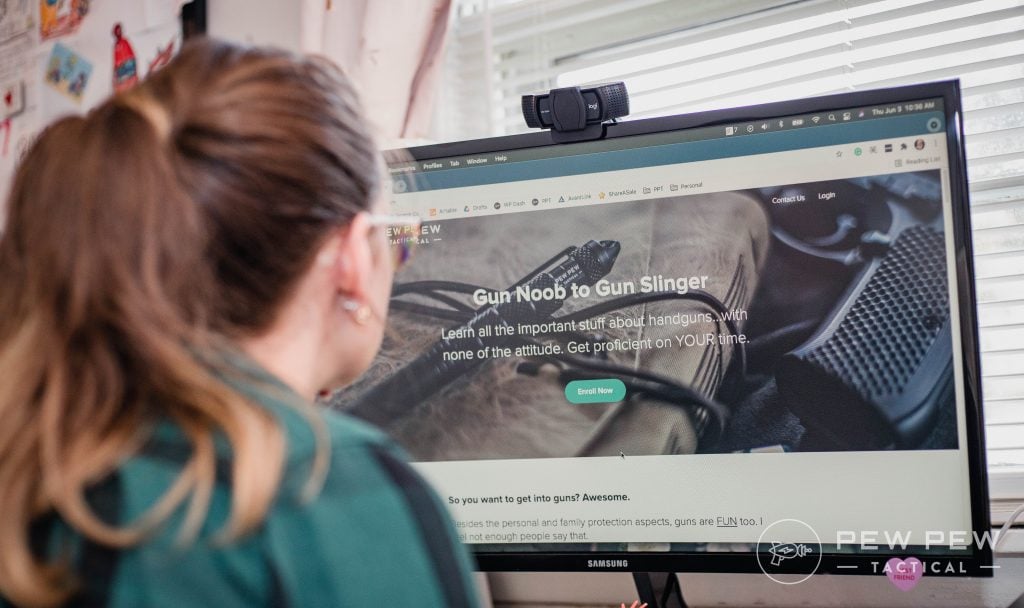
You can always start online to ease those jitters (we suggest the Gun Noob course) and then work your way into a classroom.
What are some of your favorite courses? Let us know in the comments below. If you’re brand new, check out our Beginner’s Guide to Guns to get you started!

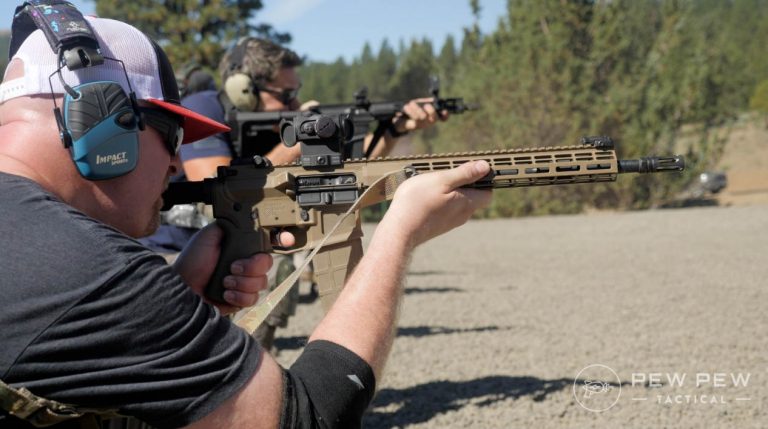
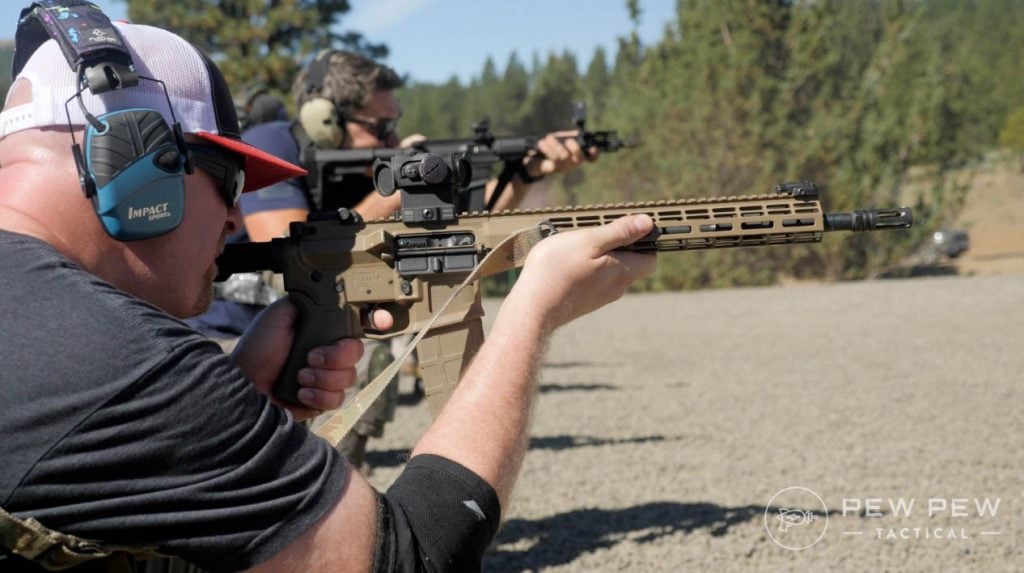
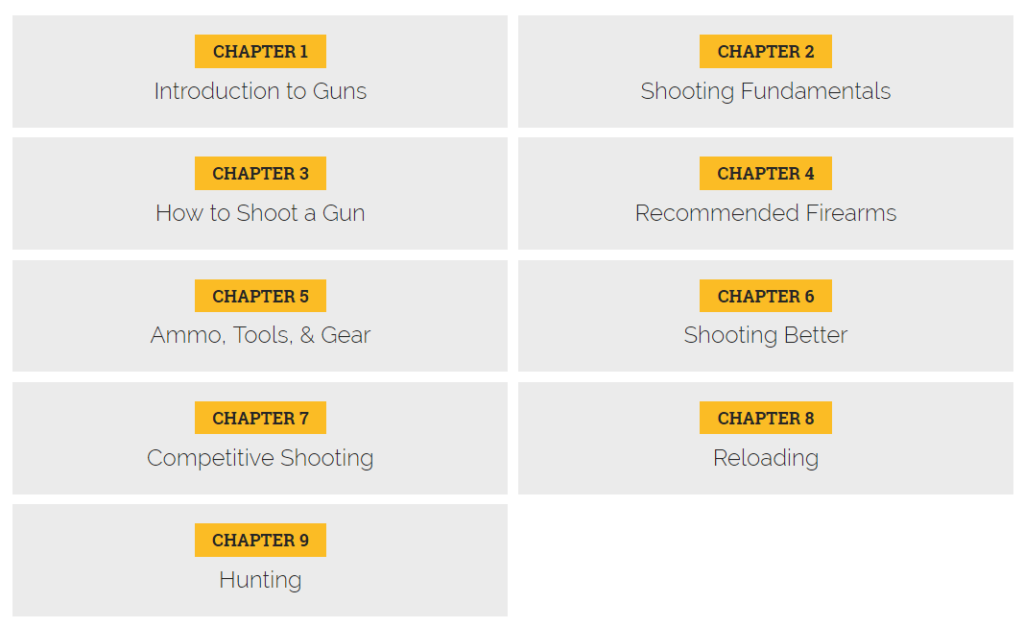
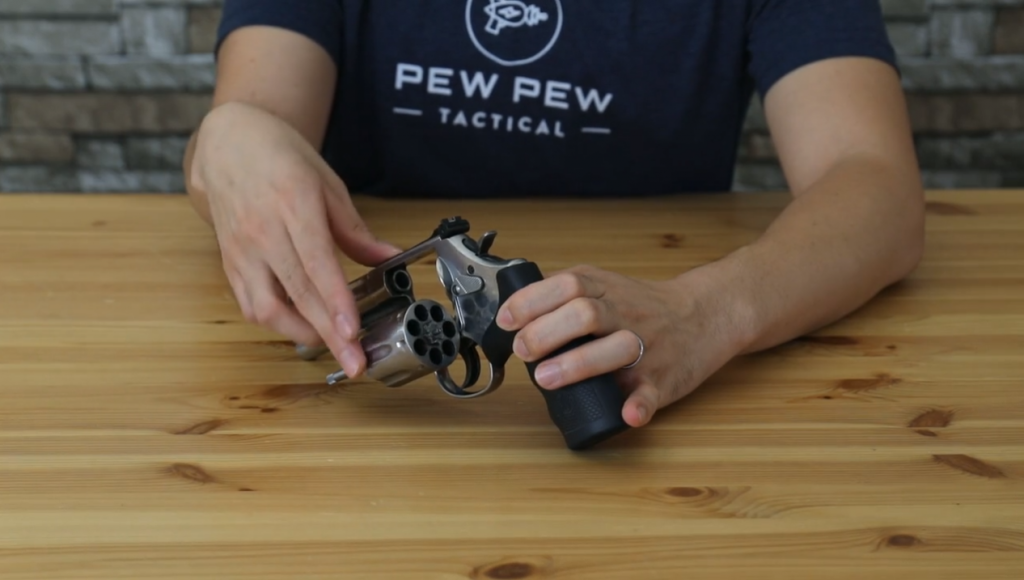







16 Leave a Reply
Thank you for this article! I was considering becoming an NRA certified instructor, but it is easy to get lost in the volume of information out there on non-NRA instructor courses. This article gives the most well laid out and thoughtful rundown that even a non-beginner can truly appreciate. I may not be a beginner per se, but this will be my first foray into the civilian side of weapons training. I also appreciate the fact that you put a course in here specific to defending your family and children. If you would write an article for women and mother specific operators, that would be icing on the proverbial cake.
Safest and surest (and possibly easiest) way for a beginner to get started is to take an NRA course at your local gun range. Instructor quality may vary, but in my experience the curriculum is solid and, in a gun range environment, I can be reasonably sure that safety will be priority #1. Anything that is taught or learned outside of a formal training program in a structured gun range environment will involve more hazard than I’m willing to sign up for. If your goal is Concealed Carry, the NRA’s Concealed Carry (CC) course will review the fundamentals of safe use of a firearm. In the CC course that I took, its evening’s instruction by a local Sheriff’s Deputy made very clear the consequences of using a firearm for self-defense and, therefore, the importance of first avoiding/exiting a situation in which you might feel compelled to do so.
Looking for a top level instructor in the Phoenix area. Thanks
I used FPF training in Virginia many times. And the instructor lets a lot of other professional trainers teach courses there as well. They learn from each other and improve. Thats actually the key in developing better training techniques and learning from mistakes and improving. Does your instructor also take a variety of classes himself and improve his classes?
Why not mention Front Sight Firearms Training Institute? They have effectively trained nearly one million students for 25 years and are ten times larger than Gunsite...Front Sight is considered "compassionate training" and appropriate for everyday private citizen families. It's a "Ma & Pop" professional school offering over 70 courses without any bootcamp mentality or Drill Instructor attitudes. Cheers!
For SoCal, handgun instruction, I can recommend from my experience: DAG (Direct Action Group / TFTT); FAST OC Intermediate, CCW, and monthly Advanced CCW Clinics (best value at $50 re-shoot for 3-4 hours of drills); AllSafe Defense Intermediate (kneeling, prone, laying on side, from inside a car), Advanced Clinics for retention/shooting while moving/low light, and monthly CCW clinics (2nd best value after FAST OC). For opportunity to practice double taps / rapid fire / holster draw at the range FT3 in Stanton as a holster certification class that will allow you come back during their holster draw times to practice a range of skills usually not allowed on your typical range.
I am looking at carrying as soon as I turn 18 (this September). In Idaho, we can carry without a permit, but I want to get some training, especially focusing on threat assessment and situational awareness. Of course, money is hard to get, so I was looking to spend as little as possible at the same time. Could somebody help me out?
Combat Absolute is pretty reasonable, and very helpful.
Found this article looking to update my training, all of which is pretty old-school, mostly Gunsite and Thunder Ranch. There were also some excellent instructors who could not afford the physical plant, so they had traveling road shows around the country, for example Jim Crews and the late Louis Awerbuck. Two schools I hear a lot of good things about these days are Vickers Tactical and Haley Strategic. Finally, there are some instructors with sketchy reputations such as Ignatius Piazza, Gabriel Suarez, and James Yeager. I have not met or trained with any of these guys, but there seems to be a negative vibe about them floating around the internet. Likewise for Clint Smith, whose more recent videos emphasize foul language, bad temper, and unusual gun selections. He does not appear to be the same guy I trained with 20 years ago. I found "Ray's Huge List of Firearms Training Schools" which lists dozens of trainers I have never heard of. I would be very concerned about attending any course held in California, Hawaii, Illinois, Maryland, Massachusetts, New Jersey, New York, and possibly Virginia (following the recent election of Ralph Northam). All of these states have obscure and restrictive gun laws targeted at "features." I fear that if I took a gun to train in one of these states, I might accidentally violate the law by (for example) having a "high-capacity" magazine in my possession. Better to stay away. I think it would be worthwhile to poll all the Pew Pew editors for their training recommendations.
My husband really wants to get a gun, and I don't want him to get one unless he is willing to take a gun safety course. I agree that it could be bad news if you have a loaded firearm and don't know what you are doing. I think it would save a lot of time as well, like you said, if he could learn what is correct and not correct with the right help. Thank you for the tips and information!
You're so welcome, Deb!
Thanks for mentioning about gun training! It's awesome how you mentioned about checking recommendations while choosing an instructor for these classes. I come back late from the work so I'm worried about my safety on the street. I'll definitely consider these recordations to ensure the best safety for me.
Glad I could help out, Zachary!
In Oklahoma City, OKC Tactical has been the best I've experienced. Highly recommend, for beginners to advanced training. Small class sizes and/or private training.
Rifles Only is worth every penny! Jacob is an incredible teacher and you'll learn so much your head will be spinning.
Awesome, thanks for that confirmation!